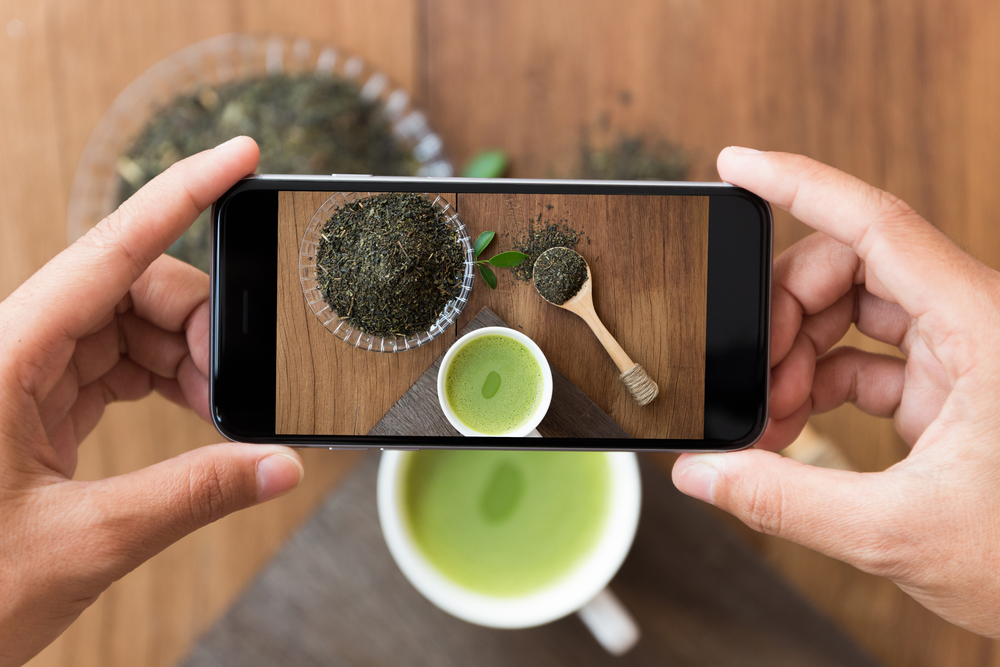In June 2017, the company Apple announced iOS 11. The feature of the new software was to change the default image saving format. The reason for the creation of the HEIF extension was to reduce the size of files while maintaining the original shooting parameters. IPhones are already shooting super high quality photos, and the issue of compact storage required a solution. HEIF saves a series of snapshots together with the video in one file.
What is HEIF?

HEIF is not that new. Resolution requirements and parameters were developed back in 2013. It took another 2 years to develop certificates, but Apple started using HEIF only in 2017. HEIF is suitable for storing photographs individually and in series, and also plays audio files, text. As planned Apple this format will oust JPEG from the market. But while iPhones support both resolutions, and the user himself chooses how best to save photos in the smartphone. By default, the camera uses the 'High Efficiency' mode, that is, it saves files in the same quality, but in smaller volumes. If desired, the owner will set the device to the 'Most Compatible' mode when only JPEG is already used. It is possible that the company will soon abandon double standards, leaving only one format.
Benefits of HEIF over JPEG?
'HEIF will kill JPEG' – with such headers a year ago reviews on the new OS from Apple were released. iOS in addition to some improvements, received a new standard for saving images. HEIF has been in development at the company for a long time, now is the time for its application. Let's take a look at the advantages of HEIF over JPEG:
- Photos take up 30, 40 and 50% less disk space. The exact amount depends on the nature of the image, filters, effects and other camera tools applied. Here, the more small details, the larger the file size. The standard will free up memory for other important information.
- With higher compression, the photo quality remains unchanged.
- Back in 2015, iPhone has the opportunity to shoot Live-photos, live pictures. Prior to the introduction of HEIF, animations were stored in JPEG 'containers' and in a video file. Now they are saved in one file.
- In HEIF, the color of the image was increased to 10 bits, which also affected the perception of the image. Users have already noted that the shade transitions have become softer.
- Improved photo editing. Now you can rotate, cut, add without changing the original image.
interesting 6.1-inch iPhone 12 and iPhone 12 Pro will go on sale first Now officially: announcement of iPhone 12 will take place in a week
Why is JPEG's 'death' predicted? JPEG is a dinosaur of graphic formats. The development of an innovative image compression algorithm was carried out in the late 80s of the XX century and so far no serious competitors have appeared. But now there is an iPhone with super-quality and volumetric photos, and the task has appeared to achieve even greater compression without changing the parameters of the image and the tools for improving it. The technology became feasible only in 2017, as more serious hardware is required for powerful compression without loss of quality. So devices below iPhone 7, HEIF will not pull.
Today, the iPhone is considered the most popular non-professional camera, and the more people use the new format and appreciate its advantages, the faster it will oust competitors and fill a niche. JPEG will not disappear so quickly, this resolution is still the simplest and most accessible to most, and HEIF will not reach such indicators soon.

What devices support
If you are an inveterate fan of technology from Apple, you do not need to think about the name and functions of the format in which your photos are saved. All bull's-eye devices read and edit HEIF images. Problems arise when transferring files to a smartphone or computer with a different platform. Third-party vendors have not yet adapted for internal development Apple and use JPEG in the old fashioned way. There are three ways out here:
- Convert a file to a popular format using special tools.
- Change the settings for saving images in your iPhone. 'Settings' → 'Camera' → choose 'Most Compatible' instead of 'High Performance'.
- Set up automatic converting when transferring to MAC or PC. 'Settings' → 'Photo' → 'Transfer to MAC'. However, when saving to the cloud, the resolution will remain the original – HEIF.
Another option: wait until they come up with a universal opener for HEIF. So far, there is only one plugin on the network capable of playing HEIF – CopyTrans HEIC for Windows. Download the app on your PC, upload your photo and start converting. The service is free and secure, keeping data confidential unlike online programs.

